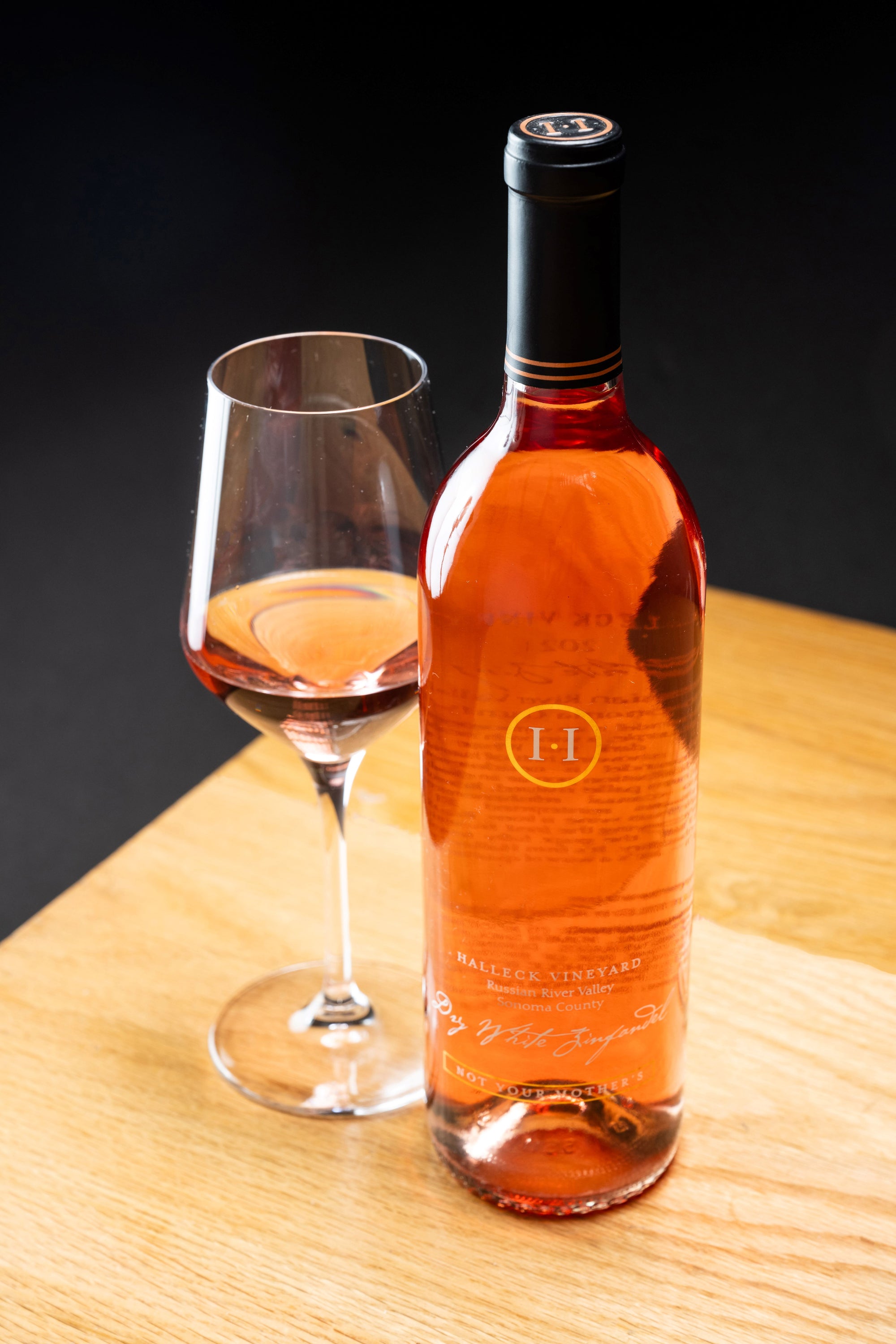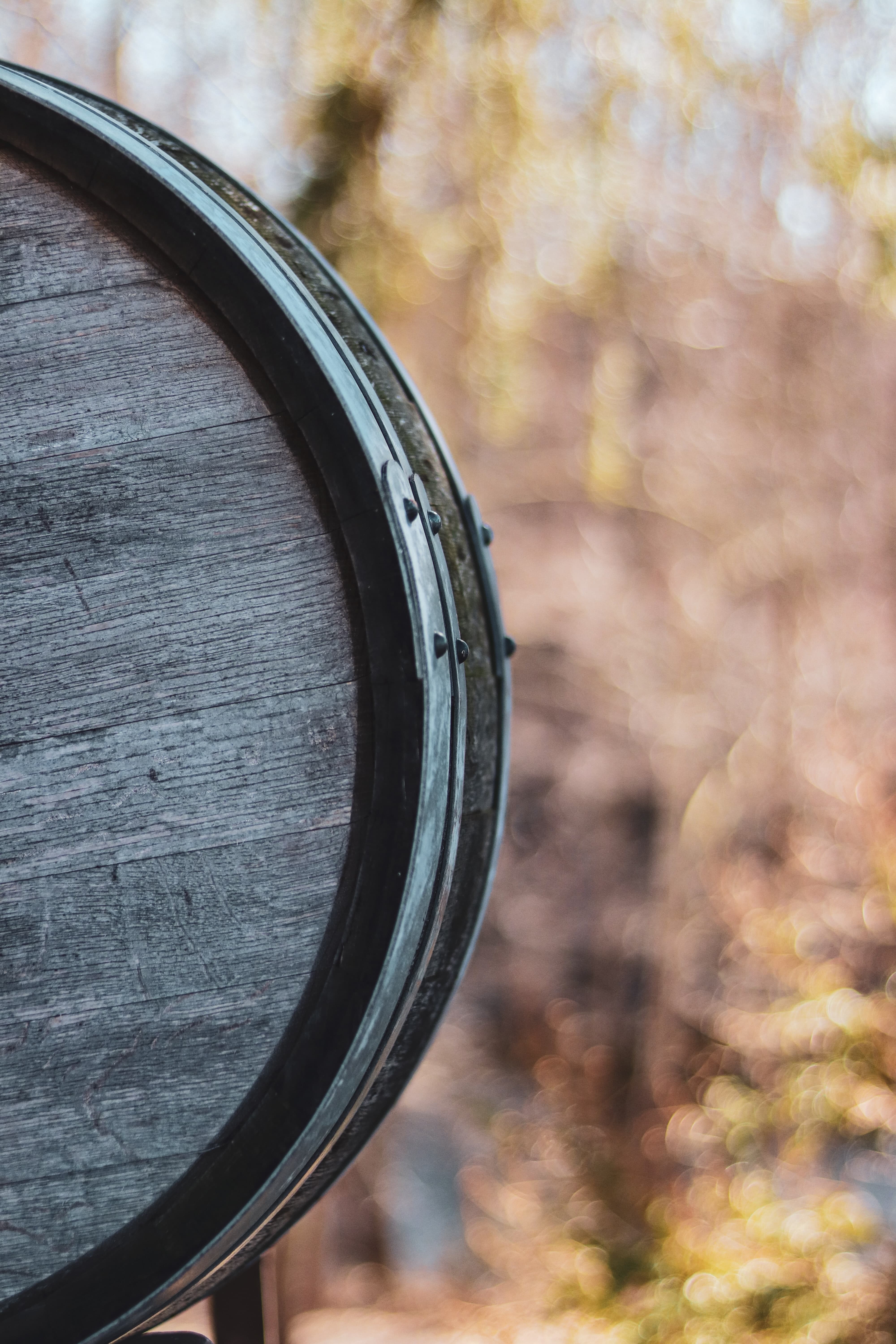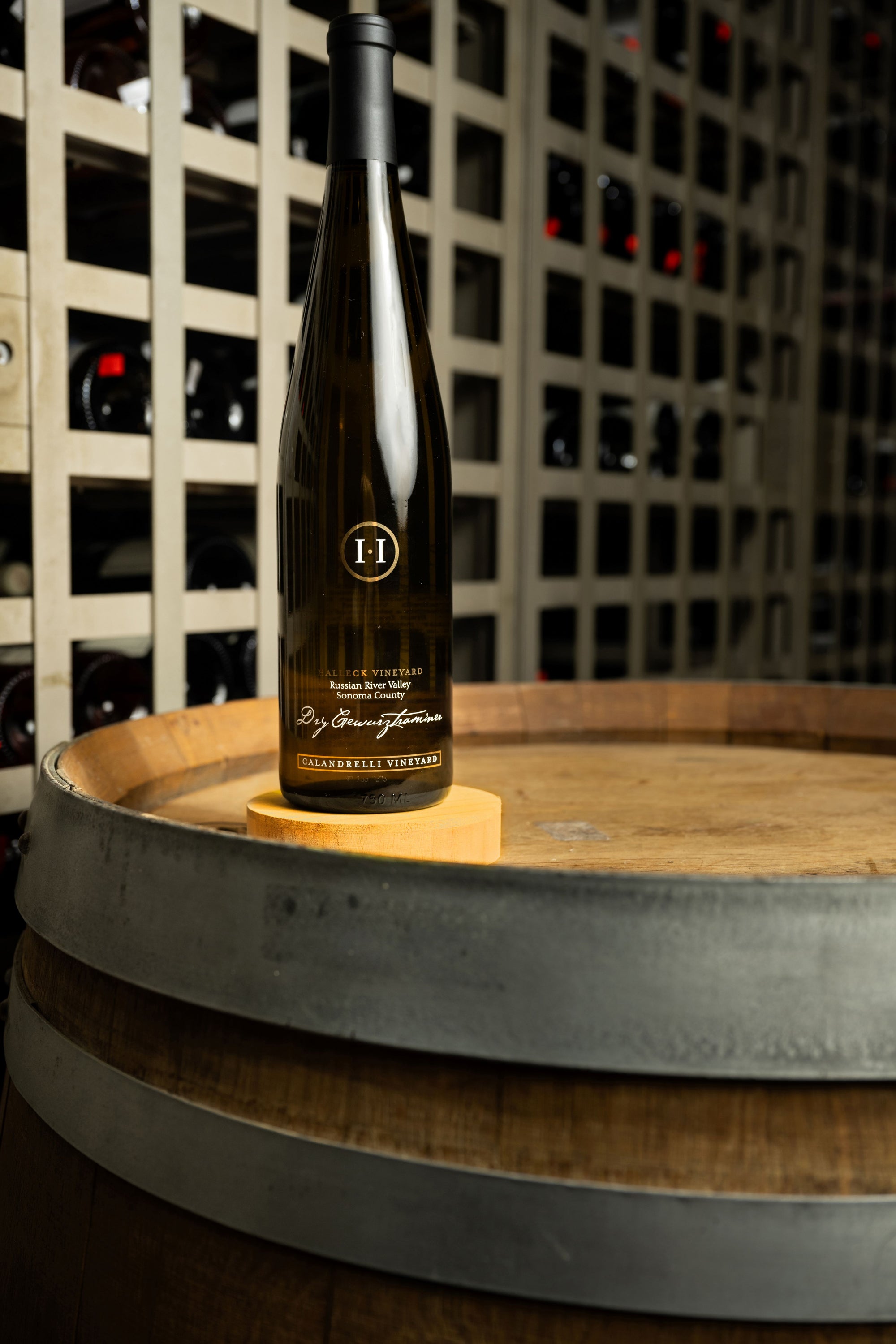Wineries That Offer Dog Friendly Areas - Sonoma Wine Tasting Spots
Wineries That Offer Dog Friendly Areas - Sonoma Wine Tasting Spots
Blog Article
Wineries In Sebastopol - Sonoma Wine Retreats
Wine tasting is an art that requires practice and an understanding of various aspects concerned in the process. One crucial element of wine tasting is the development and interpretation of tasting notes, which function a guide for both novices and seasoned connoisseurs. A Guide To Understanding Winery Wine Tasting Notes can improve your wine-tasting experience, making it more meaningful and gratifying.
Tasting notes are concise descriptions that capture the essence of a wine’s flavors, aromas, and overall character. Often composed by professional tasters, winery tasting notes offer insights into the nuances of various wines. They might help wine enthusiasts understand what to anticipate from a specific bottle. However, tasting notes can range broadly in style and element based on the writer's experience and palate.
Wineries That Offer Dog Friendly Areas - The Charm Of Sonoma Wineries
When you first approach a glass of wine, your senses will begin to interact right away. The sight, scent, and taste of the wine will converge to give you a whole experience. Tasting notes typically start with the visible evaluation, the place the colour of the wine is taken into consideration. Color performs a significant role in indicating the wine’s age, grape selection, and even its flavor profile.
After assessing the visible facet, the following step involves swirling the wine within the glass. This action aerates the wine, allowing its aromas to awaken. Smelling the wine provides important insight into its complexity. The initial sniff can ship a flood of scents which will include fruity, floral, herbal, or earthy notes. This is often essentially the most subjective a part of tasting, as individual experiences can dramatically differ.
In winery tasting notes, descriptors are sometimes categorized into major, secondary, and tertiary aromas. Main aromas often stem from the grape selection, secondary aromas derive from fermentation processes, and tertiary aromas come up from aging. Understanding these categories can help you recognize the depth of a wine, and they also provide the vocabulary to precise your experience better.
Wineries With River Views - Sebastopol Area Wine Tasting
Following the olfactory encounter, your focus will shift to the style of the wine. This is where the first characteristics—sweetness, acidity, tannins, alcohol—come into play. Tasting notes usually element these flavors in a quantity of dimensions, together with the initial attack on your palate to the lingering end on your tongue. A high-quality wine will current a harmonious balance between these components.
While tasting, it is important to contemplate the body of the wine, which may be described as light, medium, or full. The body contributes considerably to your general impression, helping you think about how the wine pairs with food or whether it stands alone as a sipping wine. Balancing the physique with the other characteristics provides you with a fuller understanding of what the wine has to offer.
The end of the wine, also known as the aftertaste, is another important facet often included in tasting notes. A lengthy, pleasant end usually indicates the next high quality wine, while a brief or cloying aftertaste might suggest otherwise. Evaluating the end can provide additional insight into the wine's complexity and distinction.
Understanding the context of winery tasting notes can also be priceless. Tasting notes can present contextual information about the winery's location, local weather, and grape-growing practices. This context provides one other layer of appreciation for the wine, permitting enthusiasts to connect the sensory experience with its origins, thus enhancing the enjoyment further.
Wineries Offering Elegant Wine Tastings - Tasting Fine Wines In Sonoma County
Many wineries provide tasting notes on their websites or labels, typically written in an approachable yet informative style. However, not all winery tasting notes are created equal. Some may be overly technical, whereas others might prioritize marketing flair over insightful analysis. Studying to navigate these notes can arm you with the data to make informed choices when deciding on wines.
Collaborating in tastings at wineries also can deepen your understanding of wine tasting notes. Interacting with educated workers can provide you a extra hands-on strategy to exploring different wines and the language used to explain them. Hidden Gem Wineries In Sonoma County. You'll have the chance to ask questions, interact in discussions, and potentially refine your palate in actual time.
Experimentation is crucial for mastering wine tasting notes. As you sample different wines, strive making your personal notes. Focus on describing the wine’s go to the website color, aroma, style, and end. Over time, you’ll develop a personal vocabulary that resonates with your sensory experiences. Every note you create will help refine your palate, allowing you to understand wines at a deeper level.
Wineries That Host Harvest Festivals - Sonoma Valley Vineyards And Wine Tasting
In conclusion, a Guide To Understanding Winery Wine Tasting Notes presents a complete framework for diving into the world of wines. It equips you with the methods and language essential to articulate your experiences. Whether Or Not you're a casual drinker or a dedicated aficionado, understanding and utilizing tasting notes can profoundly impact your wine journey. This knowledge not only enhances your enjoyment but also connects you deeply with the rich narratives every bottle tells. By embracing this journey, you turn into a part of the attractive mosaic of wine tradition, the place each sip unveils a new story ready to be found.
- Wine tasting notes sometimes encompass quite a lot of sensory descriptions, together with aroma, flavor, acidity, physique, and end, allowing tasters to fully appreciate the wine's characteristics.
- To enhance your understanding, familiarize your self with frequent wine terminology similar to "tannins," "oakiness," or "terroir," which might help decipher the notes extra successfully.
- A systematic approach to tasting entails first visually assessing the wine's color and clarity, followed by swirling to release aromas, then inhaling and describing what you experience.
- Taking notes throughout tasting can help identify patterns over time, improving your palate and making it simpler to recall preferences for future choices.
- Don't overlook the influence of food pairings; tasting notes can differ tremendously when a wine is loved with complementary flavors, altering perception and enjoyment.
- Pay consideration to the wine’s vintage, as weather conditions in a given yr can significantly affect the ultimate product, adding one other layer to the tasting notes.
- Think About the winemaker's style and philosophy, which can shape the wine's profile and impression how its notes evolve with each sip.
- Practicing with completely different grape varieties can broaden your vocabulary; each type brings distinctive characteristics that can improve your ability to articulate tasting notes successfully.
- Partaking with wine professionals or attending tasting events can provide priceless insights, offering a richer context for understanding personal tasting notes.
- Bear In Mind that tasting is subjective; individual preferences and experiences will form one’s interpretation of the same wine, enriching the general enjoyment of wine exploration.
What are wine tasting notes?
Wine tasting notes are descriptive comments made by tasters concerning the look, aroma, taste, and end of a wine. They present an overview of the wine's traits and may help consumers perceive the style and high quality of the wine.
Wineries In The Heart Of Sonoma County Wine Region - Sonoma Wine Culture
Why are tasting notes important when deciding on wine?
Tasting notes can guide you in choosing a wine that suits your palate. They provide insights into flavors and aromas, serving to you to match wines with food or occasions. Understanding these notes enhances your general wine experience.
How should I learn wine tasting notes?
(Best Chardonnays From Sonoma Winemakers)
Wineries Known For Their Hospitality - Sebastopol Winery Experience

When reading wine tasting notes, take note of the construction: look for descriptions of colour, aroma, flavor, and end. This will help you grasp the wine's profile and determine if it aligns together with your preferences.
What terms commonly seem in wine tasting notes?
Common terms embody "tannin" (the structure), "acidity" (the crispness), "physique" (the weight), and various flavor descriptors like "fruity," "earthy," or "spicy." Familiarizing your self with these phrases can deepen your understanding of wine.
Best Chardonnays From Sonoma Winemakers - Sebastopol's Best Wine Trails

Am I Able To create my very own tasting notes?
Yes! Writing your individual tasting notes can improve your wine tasting experience. see here now Focus in your observations of taste, aroma, and other sensory traits. This personal practice may help you refine your palate over time.
How do I establish the aromas in wine tasting notes?
Wineries With Live Music Events Occasionally - Wine Tasting Experiences In Sebastopol
To determine aromas, practice smelling quite so much of scents and associating them with wines. Swirl the wine in your glass to launch its aromas, then take a second to breathe in deeply earlier than figuring out any distinguished scents.

What is the distinction between professional and private wine tasting notes?
Professional tasting notes may use more technical language and particular terminology, whereas personal tasting notes are subjective and reflect individual experiences. Each are priceless for understanding and enjoying wine, but personal notes could resonate extra with your unique tastes.
How can tasting notes improve my wine appreciation?
Wineries Promoting Sustainable Farming - Sebastopol Vineyard Visits
Tasting notes can improve your appreciation by serving to you to know and articulate the complexities of wine. They encourage aware tasting and provide a framework for comparing different wines, leading to a richer enjoyment of the beverage.
Are there any apps or instruments to assist with wine tasting notes?
Sure, there are several apps designed to help users report and manage their tasting notes. These tools often offer options like flavor wheel guides and wine database searches, making it simpler to track your journey through different wines. Report this page